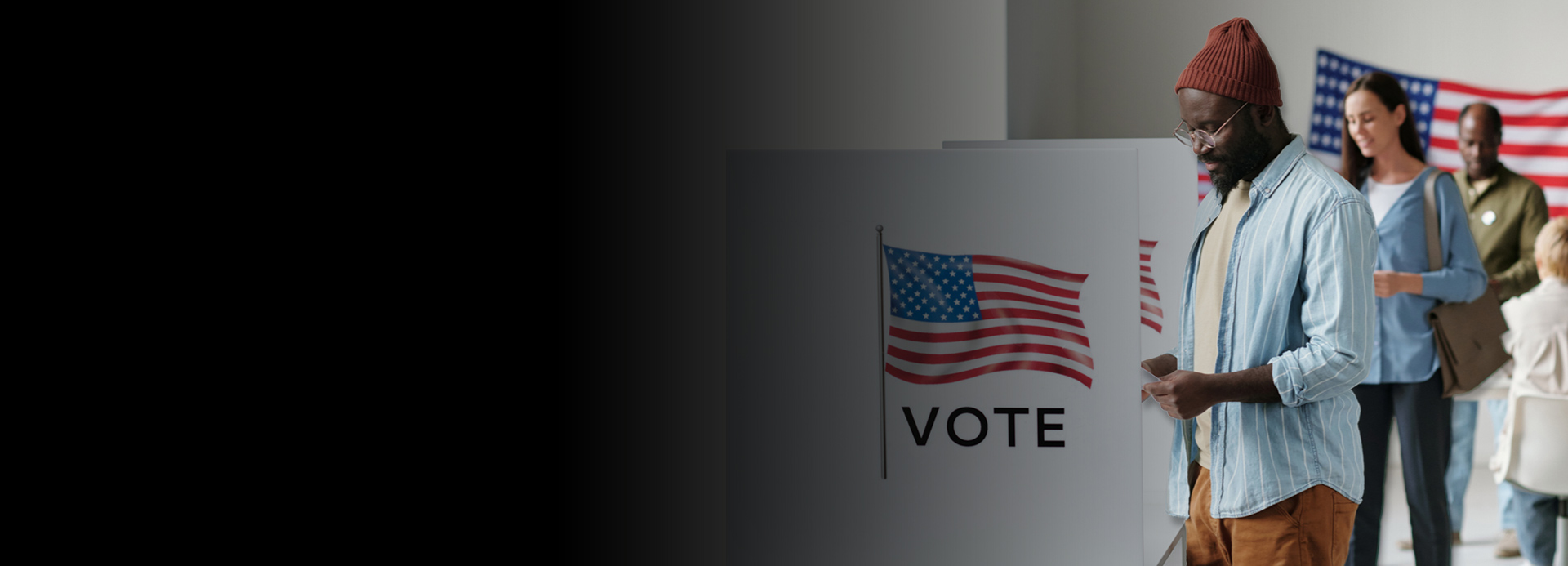So, the ‘most closely contested in US history™’ is over and, predictably, it turned out to be a bit of a damp squib, at least for those looking for a contest. Similar to previous election cycles, the inquest into how and why the polls were wrong has begun again. But how wrong were the polls? Were they really predicting such a close race, or was much of that just press hype?
Americans are heading to the polls to decide the closest presidential election in living memory. According to the polls, all that matters are the seven swing states we’ve been following for the last few months. In fact, it could all come down to who can take Pennsylvania’s 19 electoral college votes. The closing polls of the campaign have this as the closest race, with just 0.2 points between the candidates. So, let’s have a final look at the state of the polls.
While the 2024 US Presidential election continues hurtling to its conclusion, we are still no closer to being able to predict a winner.
We have just completed a research programme to understand what issues are most animating voters. The results suggest that under-the-radar concerns could swing the election result. Economic concerns are deeply intertwined with voters’ personal well-being, their outlook on the future, and their assessment of the government’s performance. When people head to the polls, their economic concerns often weigh heavily on their minds, making it a crucial factor in determining the outcome of elections.
The challenge with CATI is that it requires highly-trained interviewers using state-of-the-art technology to conduct what can be lengthy interviews. This quickly gets expensive which can limit the ability of research agencies and their clients to use it. Until now. In this blog we will look at how TKW Research Group has made CATI more cost-effective by conducting campaigns from our remote operations without compromising quality.









